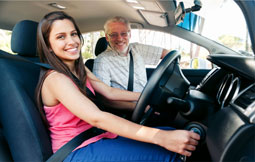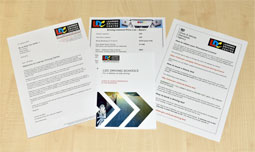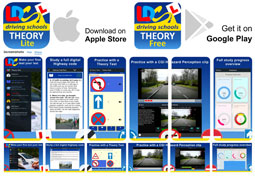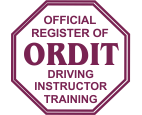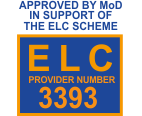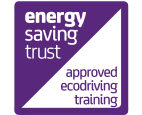21 Junctions
 The test will incorporate all the usual types of junction including roundabouts.
The test will incorporate all the usual types of junction including roundabouts.
What the examiner is looking for
The examiner is checking that you
- Use the MSM routine in good time when approaching all junctions and roundabouts
- Position correctly for your intended direction of travel
- Adjust your speed so that you can negotiate the junction safely and select the appropriate gear before you begin to turn or emerge
- Stop when necessary in a safe and appropriate position and apply the handbrake if a pause becomes a wait or if on a steep gradient
- Use the correct lane if the road has road markings
- Give way to pedestrians and cyclists where necessary
- Take effective observations on approach to the junction and before emerging from the junction or before entering the new road
- Creep and peep when emerging if your view of the road is restricted
- Maintain an appropriate path into and out of the junction being negotiated keeping to your side of the road where possible
- Make progress by emerging without stopping whenever it is safe and legal to do so.
Driving faults recorded
21 Junctions
Approach speed:
- Approaches at too high a speed.
- Approaches at too slow a speed.
Observation:
- Only looks in one direction at junctions before emerging.
- Does not creep forward when necessary to take observations.
- Looks in both directions after emerging.
- Does not look in the direction of travel while emerging.
- Takes no observation whatsoever at unmarked crossroads.
- Emerges when traffic is too close or too fast.
- Emerges into the path of approaching traffic.
The test will incorporate all the usual types of junction including roundabouts.
Driving faults recorded
21 Junctions
Turning right:
- Positions over centre lines.
- Positions left of centre in narrow roads.
- Does not position near enough to centre lines.
- Does not move into protected centre lane when available.
- Does not use right hand lane, when one is available.
- Does not proceed far enough forward when giving way to oncoming traffic.
- Does not move out to centre of the side road when turning right at traffic lights.
- Sits behind stop line at green light, with room to move forwards.
Turning left:
- Too far from left hand kerb on the approach.
- Swings out to the right on the approach.
- Too close to the kerb on approach.
- Drives over the kerb with rear nearside wheel.
Cutting corners:
- Cuts across onto the wrong side of side road when turning right into a side road.

